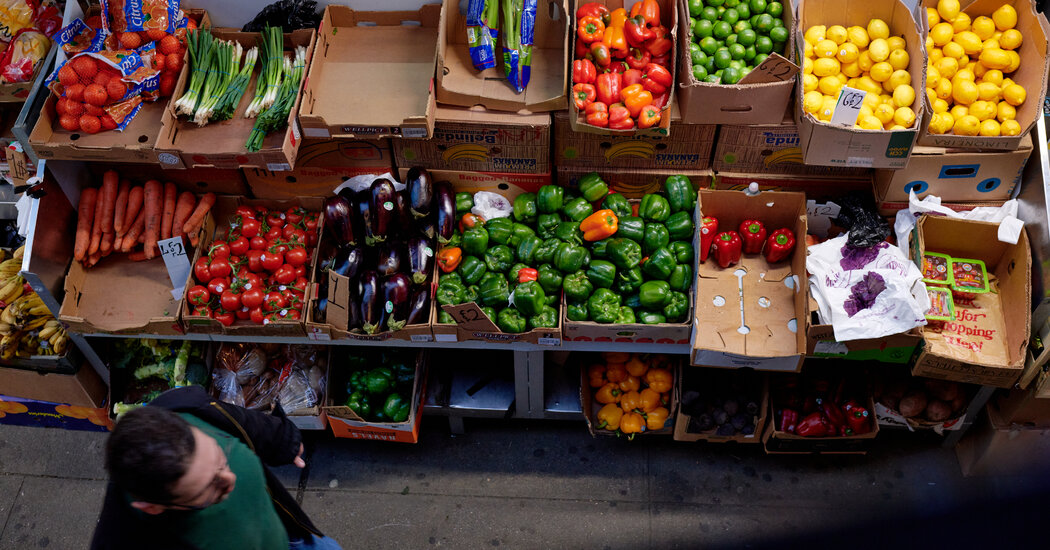Food inflation continued to moderate on an annual basis in May, providing some welcome news for consumers who have been feeling the pinch at the grocery store.
Compared to a year earlier, food inflation climbed 2.1 percent in May, down from April, when food prices rose 2.2 percent.
Overall food prices increased 0.1 percent from the prior month. That was slightly up compared to April, when food prices were flat. Grocery prices were flat in May after falling 0.2 percent in April. The cost of dining out rose 0.4 percent after climbing 0.3 percent in April.
Prices for fruits and vegetables were steady over the month after falling 0.8 percent in April. Meats, poultry and fish prices increased 0.3 percent after declining 0.1 percent in April.
Egg prices, which began to spike in 2022 and have been up and down since, declined 0.4 percent over the month. Prices for eggs fell 7.3 percent in April and rose 4.6 percent in March.
Economists have said they expect food price increases to slow in the coming months. Still, some consumers say they are struggling to deal with high grocery bills. Although food price gains have cooled, prices remain much higher than they were several years ago.
Ronika Wheeler, who lives in Washington, D.C., with her mother and three children, said the roughly $150 she spent on groceries each week covered less than it did a few years ago. Ms. Wheeler, 41, said she had to stick to the “basic necessities” and shop more at discount retailers like Aldi as a result. She has also cut back on healthier items, such as fresh fruits and vegetables, for her family.
“We’re spending way more to get the same amount of food that we were getting before,” Ms. Wheeler said. “While I want to feed my kids fresh fruits and vegetables, I can’t go broke because then I can’t feed them next week.”



